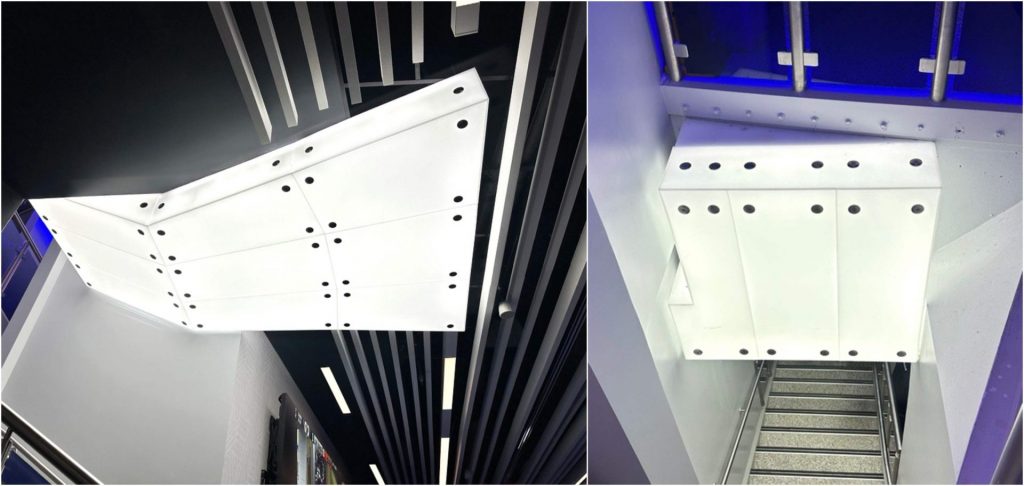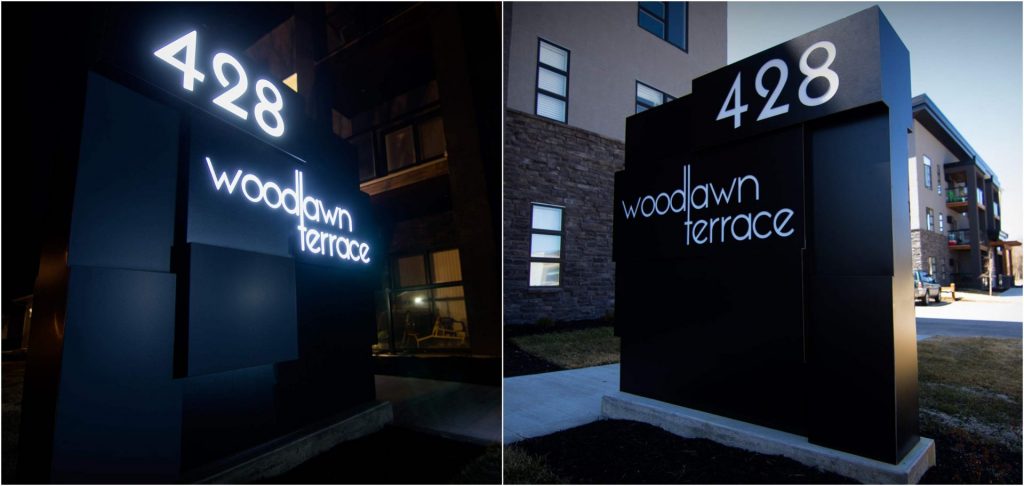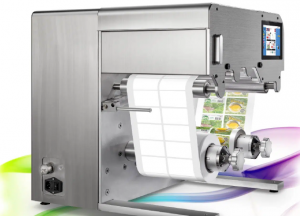Meet the Maker | Stacey Gagne: ‘Signage is about problem-solving, so take a breath, trust the process’
Hello, readers!
Welcome back to Meet the Makers, a series that takes a playful, engaging approach to showcasing the personalities and expertise of sign pros while staying rooted in the signage industry.
This week, we are featuring Stacey Gagne, vice president at Signex Manufacturing, Manitoba’s largest sign facility serving local, national, and international clients. Gagne empowers her team through vision, mentorship, and resources, helping deliver standout signage and wayfinding solutions while strengthening the company’s reputation and opening doors to new opportunities.
Gagne’s signage journey began in 2010 as a graphic designer at Signex, where she gained deep product and manufacturing knowledge. She expanded her expertise through programs like Building Supervisors for Tomorrow (Winnipeg Construction Association) and the ISA Elite program. In 2015, she became business development manager, leading sales and pre-production while promoting the quality and versatility of Signex’s offerings. Her work with contractors, project managers, and architects earned her the Sign Association of Canada’s Young Professional of the Year award in 2021.

Outside day-to-day operations, Gagne is deeply involved in the industry. She served on the Young Construction Leaders of Manitoba board, sits on the Winnipeg Construction Association board, and contributes to committees, including the Sign Association of Canada’s Breaking Barriers and ISA programs. She also helped establish the Young Professionals Network (YPN) and the YPN Leadership Conference in Canada.
Here are her responses to our five offbeat questions.
What’s your sign superpower?
I started my career in the sign industry as a graphic designer, which has given me a unique superpower that I carry into every project today. With a strong foundation in design, I understand not only how signs should look, but also how they should be built. This dual perspective allows me to bridge the gap between creativity and construction—ensuring that what’s envisioned on paper can be successfully brought to life in the field.
Because of this background, I’m able to have detailed and specific conversations with architects, contractors, and clients. I can speak their language, anticipate challenges, and guide projects to ensure the result isn’t just functional, but impactful. At the end of the day, my superpower is transforming great design into well-executed signage that achieves the vision and purpose it was created for.
What’s the most challenging project you’ve worked on?
One of my most challenging projects was the Light Clouds installation at the Canada Life Centre.
This project took over a year of development as we worked to capture the architect’s vision while ensuring structural integrity. It required us to push beyond standard sign manufacturing and apply our expertise in lighting, shadows, and acrylics to create a custom architectural feature that precisely fit down the stairwells leading into a high-end lounge area.
Because of the restricted space, we designed and fabricated custom mounting systems to achieve the requested grid pattern using carefully sized acrylic pieces. Every element had to be tested to provide even illumination with no shadowing, which was especially difficult given the unique angles and constraints of the space.

To get it right, our team completed several site visits and even built a replica of the stairwell ceiling in our shop to test the fit and lighting effects. This ensured that when the final product was installed, the pieces came together seamlessly, and the illumination was perfectly balanced.
What’s a favourite sign or sign system you’ve created?
One sign that holds a special place in my signage career is a multi-dimensional monument sign I designed for a condo complex early in my career, when I was a graphic designer. Instead of creating a standard monument, I wanted to do something more—to think beyond what looked good on paper and really focus on how the piece would be manufactured and built in the real world.
I worked closely with our fabricator to understand the elements he needed and the constraints he faced, then designed something completely different from what was common at the time. It was the first project where I felt truly creative, combining design and manufacturing knowledge in a way that pushed me outside the typical box.

When the monument was completed, I was incredibly proud of the result. That project became a turning point for me—it gave me the confidence to keep pushing the limits of design and fabrication, and it continues to inspire the way I approach projects throughout my career.
If signage could talk, what’s the funniest thing a sign has ever ‘said’ to you?
The funny thing about great signage is it’s always whispering, “Nobody cares about me…”
Signs are everywhere—guiding us through cities, telling us where to eat, what to buy, and how to get where we’re going. They set the vibe of a neighbourhood, add character to the streets, and sometimes even steal the spotlight in your vacation selfies because—let’s face it, a neon glow or bold pylon makes a better backdrop than most walls.
And yet… the second I tell someone I work in signage, I get that look—the confused pause, the polite nod—like they’re trying to process what signage even is. Signage is far too underrated.
What’s the one piece of signage advice you wish everyone knew?
If I could give one piece of advice to anyone in the signage industry, it would be this: try not to let things stress you out too much. Our work is fast-paced, full of moving parts, and sometimes unpredictable—but at the end of the day, things almost always work out.
Projects get done, signs go up, clients are happy, and what felt overwhelming in the moment usually turns into a success story. So, take a breath, trust the process, and remember that this industry is all about problem-solving. And the good news is that we’re pretty good at that.


